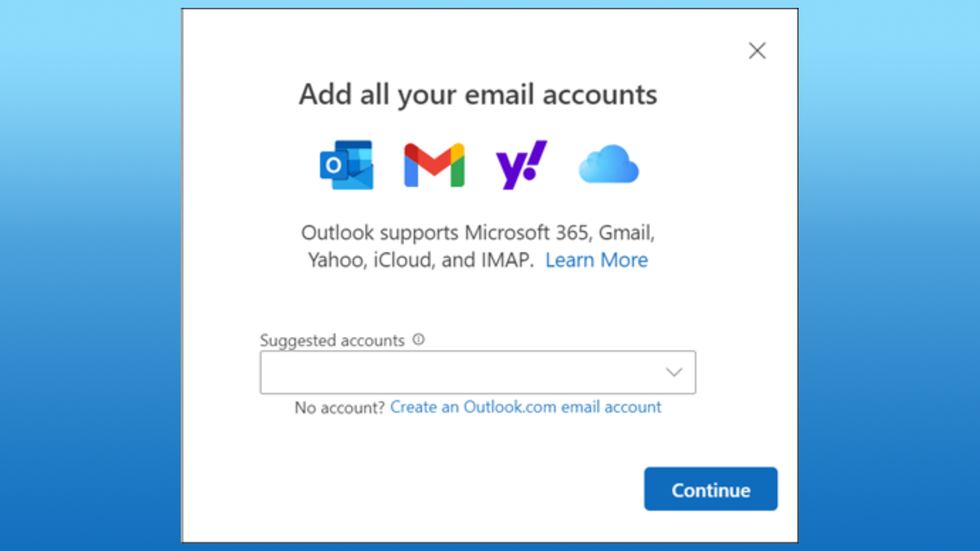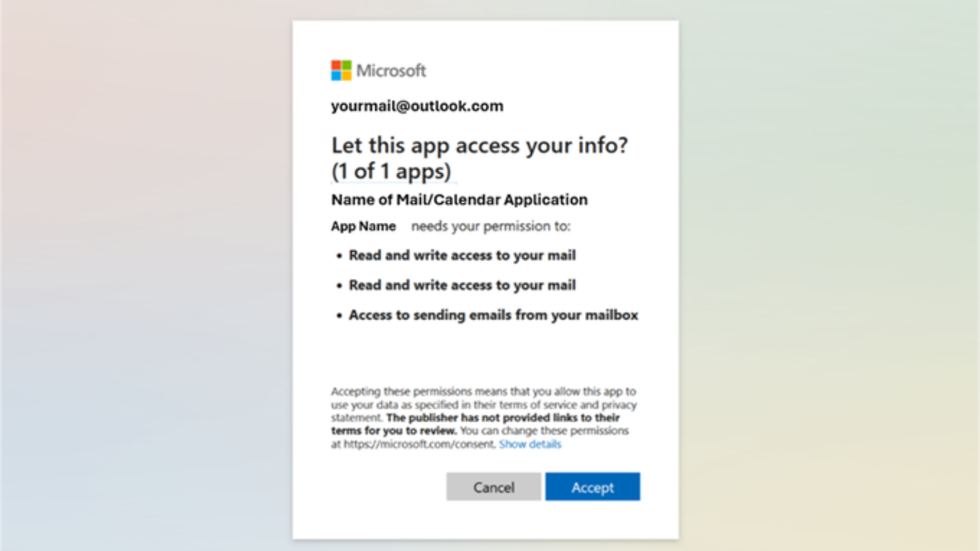Microsoft is rolling out big changes to millions of email users later this month — and it could leave those who rely on Gmail unable to send or receive messages.
As of June 30, Microsoft will no longer allow users to access their Gmail account from Outlook.com. Until now, you’ve been able to merge multiple email inboxes into a single window in your web browser.

Introduced in 2019, Microsoft allowed Outlook.com users to add third-party email inboxes to the client, such as Gmail, something that will be removed by the end of this month
MICROSOFT PRESS OFFICE | GBN
Without needing to know which email address was used, Outlook.com will let you search through multiple inboxes and send messages from multiple accounts.
Microsoft introduced support for Gmail, along with other popular Google services like Drive and Google Calendar, to the browser-based version of Outlook.com in 2019. Starting next month, you’ll need to go to the Gmail website to access these.
Microsoft is not removing support for Google services from the latest version of its Outlook app on Windows 10, Windows 11 or Mac. So those who rely on the desktop app won’t notice a change – only those using Outlook.com will notice the change.
The decision to drop Gmail support is one of several changes announced by Microsoft.
The Redmond-based company, which debuted an entirely new category of Windows computers this week, has increased security for email users by adopting a tougher standard for logins, known as Modern Authentication. It replaces an older system – Basic Auth – that only required a username and password to log into an account.
Using this previous system, anyone who has access to your username and password can break into your email. If you rely on the same username-password combination for multiple accounts, hackers can use a data breach from another website to break into your inbox.
Right now, it looks like Microsoft isn’t forcing you to use two-factor authentication — where you’ll need a one-time passcode sent via text message or to approve your sign-in attempt from another app — to logged into Outlook. However, this remains a useful additional layer of security for those concerned about hackers.
David Los, Group Product Manager for Outlook, explained the changes in a blog post: “At Microsoft, our goal is to provide a modern and secure email experience for our users, using the latest technologies to improve functionality and ease of use.
“When it comes to Outlook, we want to ensure that our customers’ emails, documents, calendar and contacts are protected from unauthorized access, tampering or loss.”
If you’re using a version of Outlook that doesn’t support the new sign-in standard, Microsoft says you’ll be contacted before the end of this month.
To continue using Outlook in your web browser, you’ll need to use Google Chrome or Microsoft Edge version 79 or later, Firefox version 78 or later, Safari version 16 or later, and Opera version 76 or later.

An example of the newer Modern Authentication login window, which Microsoft says is designed to give users extra protection and keep them safe
MICROSOFT PRESS OFFICE
RECENT DEVELOPMENTS
If you’re using an iPhone and you’ve noticed that Microsoft accounts are asking for your password recently, it’s likely because these profiles were originally set up with Basic authentication.
Rounding out the changes, Microsoft has confirmed that its “lite” version of the Outlook web app will no longer be supported after August 19. This version of Outlook was created to continue to allow those with an older browser that is not compatible with the new Outlook. com to check their emails.
In announcing the decision to remove this iteration, Microsoft said: “As we accelerate our security efforts to help better protect our customers, we are retiring the lightweight version of the Outlook web app. This means that after 2024 customers will need to run the latest versions of a supported browser to run Outlook.com.”